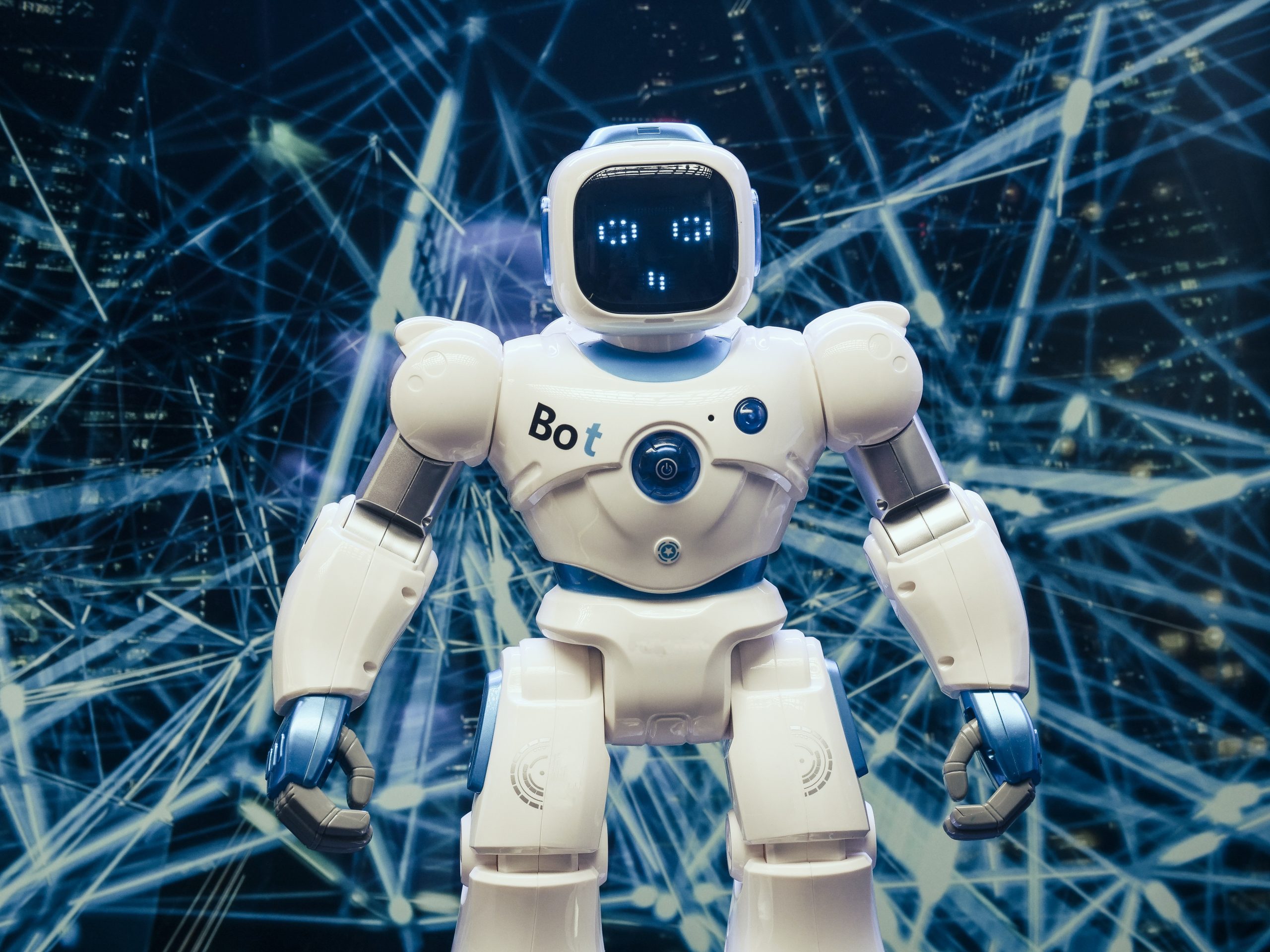The Wonders of Robotics Why We Love Them and What They Can Do
The Wonders of Robotics Why We Love Them and What They Can Do! Robotics has become more popular than ever before, with factories now adopting robotics to carry out heavy duty jobs and make them more efficient. Now, robots are so common that we expect them in our everyday lives, from the dishwasher that washes and dries dishes to the alarm clock on our nightstands. But what exactly are robots? Where did they come from? And why are they here? This article will explore the wonders of robotics and reveal why we love them so much.
Types of Robots
Robots come in many shapes and sizes, with different features and capabilities. Industrial robots are designed to take on the jobs that are dangerous or difficult for humans. These robots perform repetitive tasks for long hours without getting tired or making any mistakes. Service robots help people with disability,
provide companionship to seniors, entertain children, clean floors, make deliveries…and much more! These robots are always at the ready when needed – they’re never too busy or tired to help out. There are even personal assistant robots that can remind you of your appointments, send texts while you’re driving (provided you give them permission), do your shopping list if you forget it at home…and more!
Industrial Robots
Robots are an important tool in the manufacturing industry. One use for robots is to perform repetitive tasks, which can be dangerous or uncomfortable for humans. In general, industrial robots are safe because they are shielded from harmful environments, they have the ability to sense their surroundings, they usually work at a slower speed than humans do, and their actions can be easily programmed. On the other hand, there have been incidents when someone has had their hand stuck between two moving parts of a robot (fingers caught in robot) or has been exposed to harmful substances that leaked out of the robot (caught on fire due to robot malfunction). It is also possible for robots to make mistakes that may result in damage such as crushing parts during assembly.
know about Neutrino energy: what it is and how it can help you
Medical Robots
One area that has seen an increase in use of robotics is in the medical field. Medical robots are used to assist surgeons in operating on patients, using robotic arms for the procedure. These robots can be programmed to do the surgery with accuracy and precision, leaving less room for error. The patient benefits from reduced post-operative pain, faster recovery time, and fewer complications than with traditional methods. In addition, medical robots have been shown to reduce surgical errors by up to 50%.
Military Robots
Robots have been a part of the military for decades. The first robotic device was deployed in 1979, and they are used in everything from bomb disposal to reconnaissance. The most popular models are military drones, which can fly without a pilot on board. The U.S Navy has created an autonomous warship that can operate on its own to protect against attacks from submarines. Soldiers can control these ships remotely or they can be programmed to patrol specific areas automatically. These warships are also equipped with missiles so that if it is attacked it will be able to defend itself.
One example of this technology is General Atomics MQ-1 Predator drone, which carries four laser guided Hellfire missiles. These machines have a range of 15 kilometers, meaning pilots don’t need to be near the target for them to strike successfully.
Robots also help soldiers by being sent into war zones before humans enter- this way soldiers don’t risk their lives unnecessarily but still complete their mission objectives as quickly as possible.
Future of Robotics
Robotics is one of the most fascinating, rapidly expanding sectors in technology. From industrial to consumer applications, robots are making everything from cars to sushi. And we’re only just getting started. Robots have been operating in some form for decades, but recently they’ve become more sophisticated than ever before. With emerging technologies like artificial intelligence and machine learning, robots are becoming smarter than ever before. They’re increasingly able to do tasks that traditionally required human input – tasks like speaking, recognizing faces, responding to commands – all without requiring a human operator at all times.




